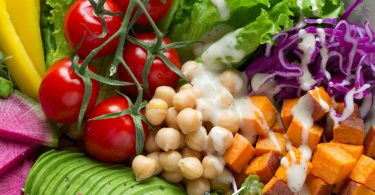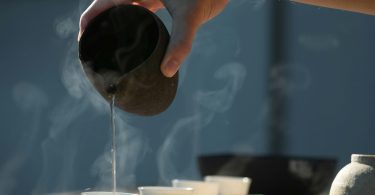Rae Witte reports for National Geographic on the importance of being able to stand on one leg with...
Living well
Fun ways to find happiness
As I see it, happiness and optimism go hand in hand. And, optimism is one key to a long life...
Improving our food would improve our health
Back in January, the Food and Drug Administration (FDA) proposed a rule that would change food...
How to reach age 70 free of major chronic conditions
New research reveals that people who eat healthy in midlife increase the likelihood that they will...
Warning: Poor sleep can increase risk of dementia
Judy George reports for MedPage Today on new findings published in Neurology showing that women in...
Is sugar addictive?
The scientists and researchers do not consider sugar to be addictive, at least not in the same way...
Can early detection of dementia reduce your risk significantly?
Dementia rates are rising, reports Keren Landman for National Geographic. In BBC Science, Anthea...
Who’s your health care buddy?
There are many benefits of being “all in it together,” but many of us still prefer the...
The health benefits of tea
For some time we’ve know that tea has nutritional value. New research shows that tea can...
In winter, expect more chronic conditions
We all know there are foods and behaviors we need to avoid in order to feel healthy. We might lose...










